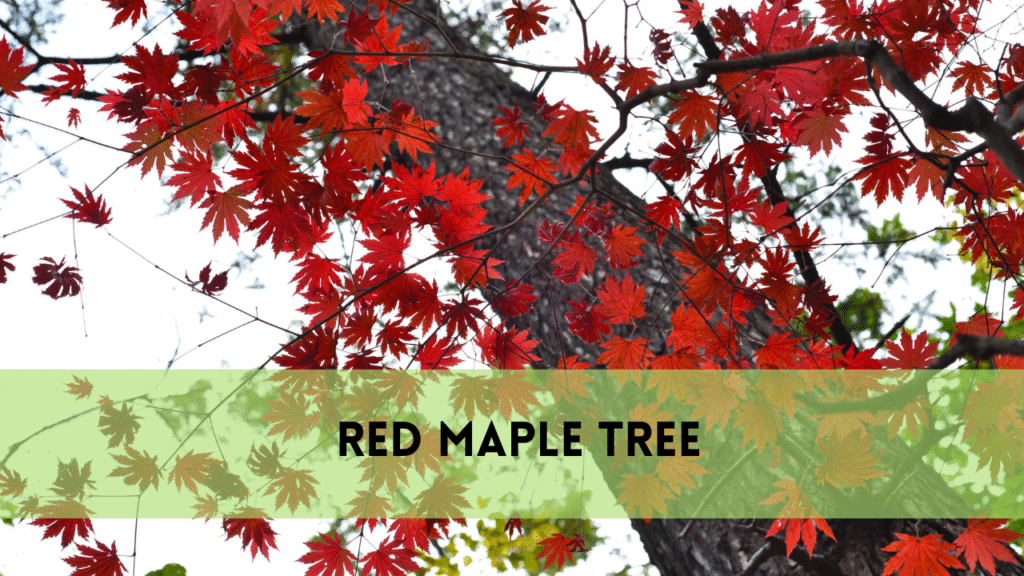Removing a tree can be a difficult task, but with the proper expertise and tools, it can be completed safely and swiftly. Crosby Arborist understands the importance of getting things correctly.
Whether you’re dealing with a dead tree, one that has become a hazard, or simply making room for new growth, we’re here to help you every step of the way. In this post, we’ll lead you through the steps of safely remove a tree, so you may approach the work with confidence.
Why Remove a Tree?
There are numerous reasons why you may need to remove a tree. It could be infected, dead, or a threat to your property. Sometimes trees must be removed to make space for new construction or landscaping operations. Whatever the cause, undertake the task with caution and attention.
How to Safely Remove a Tree?

Assessing the Tree
Before you begin, examine the tree carefully. Is it leaning? Are there any dead branches? Are there any signs of sickness or infestation? Assessing the tree’s condition can assist you decide on the best removal strategy. If you are doubtful, please contact Crosby Arborist for an expert assessment.
Gather the right tools
Having the proper tools is critical for safe tree removal. You’ll need a chainsaw, safety equipment (helmet, gloves, eye protection), ropes, wedges, and possibly a ladder. Crosby Arborist always emphasizes the necessity of safety equipment. It is preferable to over-prepare than to risk injury.
Plan your escape route
Safety first! Before making any cuts, determine your escape route. Make sure there is a clear path of retreat in case the tree falls unexpectedly. Make sure everyone in the area is aware of the plan and stays away from the danger zone.
Making The First Cut
Begin by cutting a notch into the side of the tree facing the direction you want it to fall. This cut should be approximately one-third of the way through the tree. The notch cut forms a hinge that guides the tree’s descent.
The Felling Cut
Next, make a felling cut on the other side of the notch. This cut should sit slightly above the notch cut. Keep an eye on the tree while making this cut, and be prepared to move swiftly. If the tree does not begin to fall, use wedges to guide it.
Using wedges
Wedges are an essential tool in tree removal. They help to keep the tree from pinching your saw and direct it in the appropriate direction. Place wedges in the felling cut to assist control the tree’s fall.
Dealing with branches
When the tree is down, it’s time to deal with the branches. Begin at the base and work your way up. Using a chainsaw, chop branches into manageable pieces. Be cautious of branches that are under tension, as they can snap back and cause injury.
Cut the Trunk
After removing the branches, cut the trunk into parts. Depending on the size of the tree, you may require a larger saw. Always chop from the top down, and be mindful of the tree’s weight and balance.
Removing the stump
Removing the stump can be the most difficult aspect of tree removal. You can rent a stump grinder or take a more laborious approach, digging around the stump and severing the roots. Crosby Arborist provides skilled stump removal services to make the work easier.
Cleaning Up
Once the tree and stump have been removed, tidy up the area. Remove any debris, including sawdust and small branches. This not only makes your yard look neater, but it also improves safety by removing tripping hazards.
When to Call a Professional?
Tree removal can be hazardous, particularly for large or unhealthy trees. If you’re unsure about any step of the process, contact a specialist. Crosby Arborist has the skills and tools to safely remove a tree, regardless of its size or condition.
The importance of safety
Safety is paramount when removing trees. Always wear adequate safety clothing, utilize the proper tools, and adhere to best practices. If you have any doubts, do not hesitate to contact a professional.
Tree Removal Regulations
Before you begin, check the local tree removal requirements. Some localities have severe regulations regarding which trees can be destroyed and when. Crosby Arborist is well-versed in local rules and can help guarantee that your project meets all legal criteria.
Environmental Considerations
Consider the environmental effects of tree removal. Trees provide habitat for species and benefit the ecosystem. If feasible, plant a new tree to replace the one you removed. Crosby Arborist is committed to sustainable practices and may offer guidance on replanting.
FAQs
1. How can I determine if a tree needs to be removed?
If a tree is dead, sick, or a threat to your property, it may need to be removed. Signs include dead branches, leaning, and apparent decay.
2. Can I safely remove a tree myself?
While it is possible to remove small trees on your own, large or hazardous trees should be removed by specialists. Safety is critical.
3. What instruments will I need for tree removal?
You will require a chainsaw, safety equipment, ropes, wedges, and possibly a ladder. Always prioritize safety.
4. How do I remove a tree stump?
You can use a stump grinder or physically dig around the stump to sever the roots. Professional services are also offered.
5. Are there any regulations regarding tree removal?
Yes, local regulations vary. It is critical to check with local authorities or speak with a professional service such as Crosby Arborist.
Final Thoughts
Tree removal is a huge undertaking that demands meticulous planning and execution. To safely remove a tree from your property, follow these steps and prioritize safety. Remember, Crosby Arborist is always available to help with any tree care concerns. Please do not hesitate to contact us for expert, dependable assistance.




